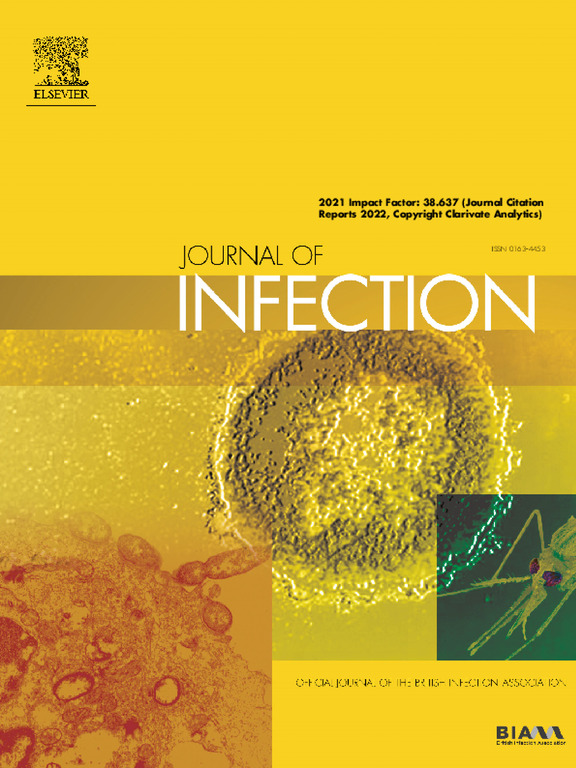The impact of interethnic lipidomic variation in falciparum malaria
IF 14.3
1区 医学
Q1 INFECTIOUS DISEASES
引用次数: 0
Abstract
Background
Shifts in dietary patterns during lifestyle transitions are integral components of the dynamic interactions between humans and their environments. Investigating the link between dietary diversity, the composition of the human lipidome and infection is key to understanding the interplay between diet and susceptibility to pathogens.
Methods
Here we address this question by performing a comparative study of two ethnic groups with divergent dietary patterns: Fulani, who are nomad pastoralists with a dairy-centric diet, and Mossi, who are farmers with a plant-based diet. We generate 196 paired global lipidomes (927 lipid molecules) from both groups before and during natural Plasmodium falciparum infection.
Results
Our analysis revealed 211 significantly differentially abundant lipid molecules between the two ethnic groups in both infection states. We show that ethnicity has a greater impact on the lipidome of these children than do P. falciparum infection and report inter-ethnic differences that impact pathogenesis. We highlight elevated levels of pentadecanoic acid (C15:0)-containing phospholipids in Fulani and experimentally demonstrate the suppressive effects of lysophosphatidylcholine LysoPC (15:0) on P. falciparum gametocyte production.
Conclusion
These findings link the Fulani’s dairy-centric diet and lower P. falciparum gametocyte densities reported in this group and underscore the intricate links between dietary lipids and the host response to infection.
恶性疟疾种族间脂质组学变异的影响。
背景:在生活方式转变过程中饮食模式的改变是人类与其环境之间动态相互作用的组成部分。研究饮食多样性、人类脂质组组成和感染之间的联系是了解饮食与病原体易感性之间相互作用的关键。方法:在这里,我们通过对两个饮食模式不同的民族进行比较研究来解决这个问题:富拉尼人是以乳制品为中心的游牧民族,莫西人是以植物为基础的饮食的农民。我们在自然感染恶性疟原虫之前和期间从两组中获得196对全球脂质体(927个脂质分子)。结果:我们的分析显示,211个脂质分子在两种感染状态下存在显著差异。我们发现种族对这些儿童的脂质组的影响大于恶性疟原虫感染,并报告了影响发病机制的种族间差异。我们强调富拉尼人体内含有五酸(C15:0)的磷脂水平升高,并通过实验证明溶血磷脂酰胆碱LysoPC(15:0)对恶性疟原虫配子细胞产生的抑制作用。结论:这些发现将富拉尼人以乳制品为中心的饮食与该群体中报告的较低的恶性疟原虫配子细胞密度联系起来,并强调了饮食脂质与宿主对感染反应之间的复杂联系。
本文章由计算机程序翻译,如有差异,请以英文原文为准。
求助全文
约1分钟内获得全文
求助全文
来源期刊

Journal of Infection
医学-传染病学
CiteScore
45.90
自引率
3.20%
发文量
475
审稿时长
16 days
期刊介绍:
The Journal of Infection publishes original papers on all aspects of infection - clinical, microbiological and epidemiological. The Journal seeks to bring together knowledge from all specialties involved in infection research and clinical practice, and present the best work in the ever-changing field of infection.
Each issue brings you Editorials that describe current or controversial topics of interest, high quality Reviews to keep you in touch with the latest developments in specific fields of interest, an Epidemiology section reporting studies in the hospital and the general community, and a lively correspondence section.
 求助内容:
求助内容: 应助结果提醒方式:
应助结果提醒方式:


